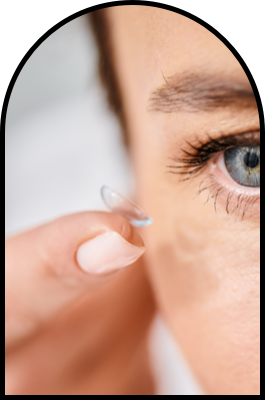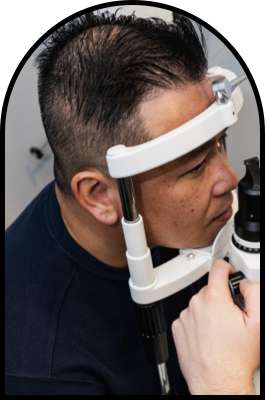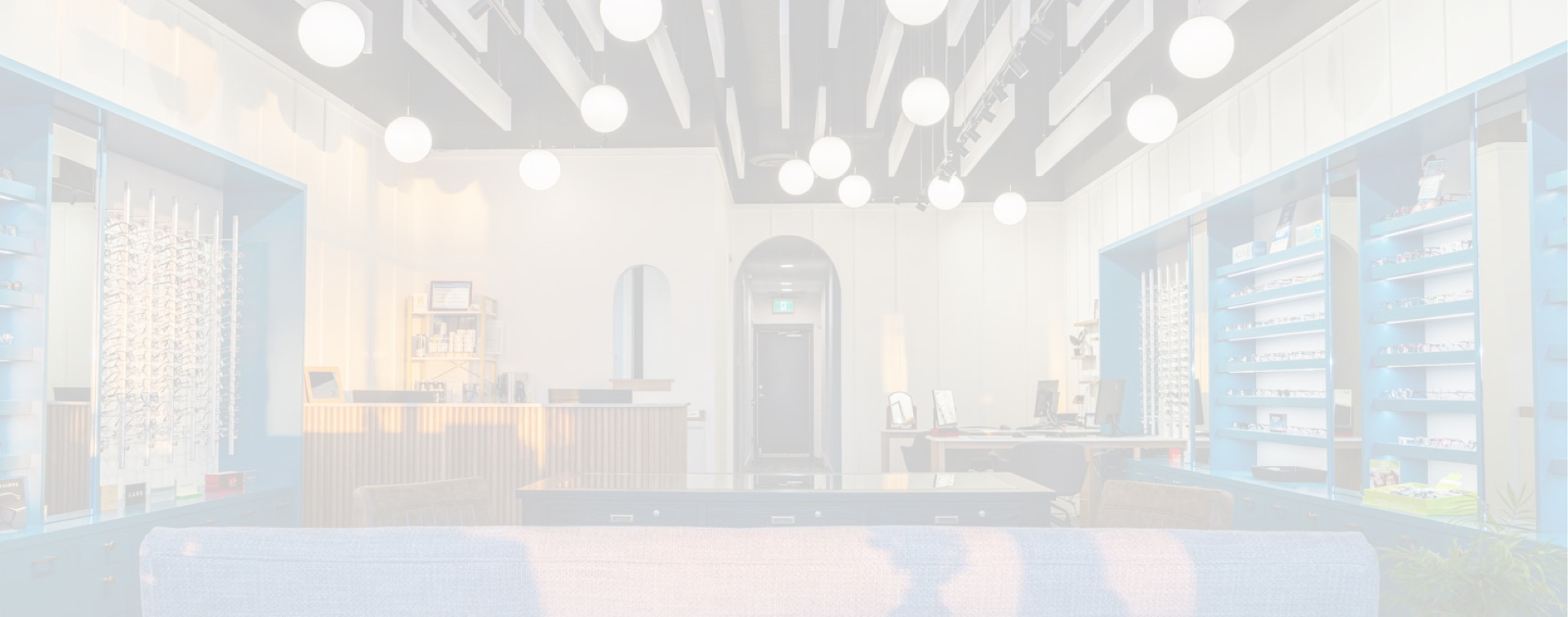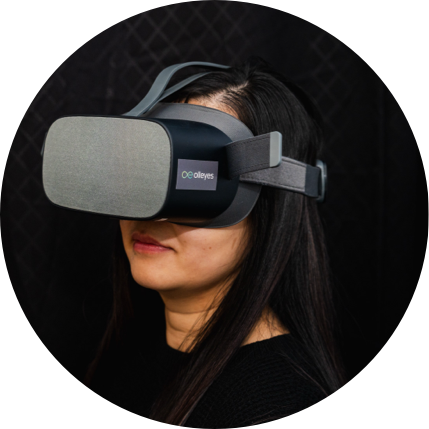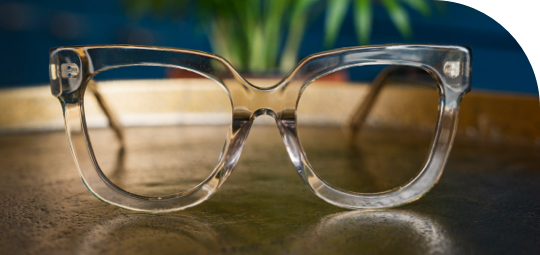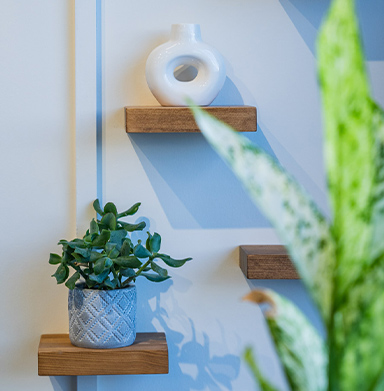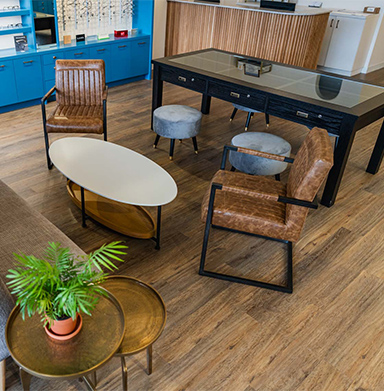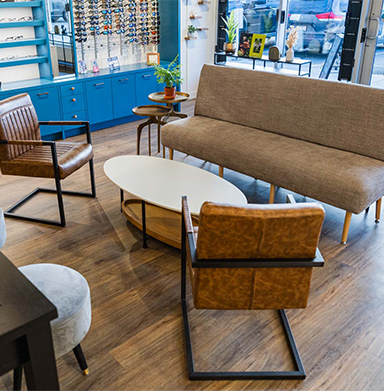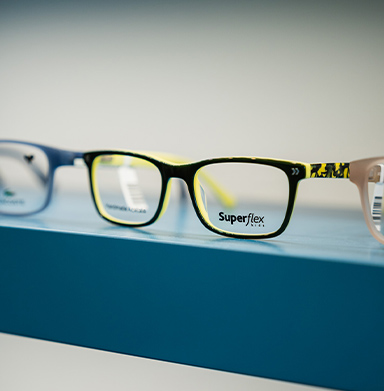Glaucoma is one of the leading causes of blindness worldwide, but you can often slow progression with the proper management and care. If you or someone you love has been diagnosed with glaucoma, you may be wondering what you can do to keep this condition from worsening.
The good news is that you can take steps today to protect your eyesight and improve your quality of life. These include following the treatment plan prescribed by your eye doctor, attending regular follow-up appointments, eating healthy, exercising regularly, managing stress levels, and protecting your eyes.
What Is Glaucoma?
Glaucoma is a group of eye conditions that damage the optic nerve, a critical component in transmitting information from your eyes to your brain.
The damage is often caused by increased pressure in the eye, also known as intraocular pressure. Over time, if left untreated, this pressure can lead to vision loss and even blindness.
Symptoms & Causes
Glaucoma can manifest in different forms, but the most common are open-angle glaucoma and angle-closure glaucoma. Each presents its unique symptoms and challenges:
- Open-angle glaucoma is more common and generally develops gradually over time. In its later stages, symptoms may include patchy blind spots and tunnel vision.
- Angle-closure glaucoma is less common but can develop suddenly. Symptoms may include severe eye pain, nausea, blurred vision, and halos around lights.
Glaucoma is the “silent thief of sight” because it can often progress without noticeable early symptoms, making early detection crucial.
Risk Factors
Some factors may increase your risk of developing glaucoma:
- Individuals over 60 are more likely to develop the condition
- Your risk is higher if glaucoma runs in your family
- African, Asian, & Hispanic populations are at higher risk for certain types of glaucoma
- Pre-existing conditions like diabetes, high blood pressure, & severe nearsightedness can elevate your risk
- Eye injuries or prolonged corticosteroid use can elevate your risk
Why Is Treating Glaucoma Early Important?
Untreated glaucoma can lead to irreversible vision loss. However, if detected early, your eye care team can help you manage the condition effectively to prevent further damage. Early treatment helps preserve your vision, reduce the risk of complications, and improve long-term outcomes.
Can You Prevent Glaucoma?
While glaucoma itself cannot always be prevented—especially if it is hereditary—there are proactive measures you can take to safeguard your eye health and reduce the likelihood of its progression.
1. Schedule Regular Eye Exams
Routine comprehensive eye exams are an effective early defence against glaucoma. These exams can detect increased eye pressure and optic nerve damage before symptoms appear.
The recommendations for eye exam frequency are:
- Every 1–2 years, if you are over 40
- Annually, if you are in a high-risk group
2. Maintain a Nutrient-rich Diet
A healthy diet filled with eye-friendly nutrients supports overall eye health. Incorporate foods rich in:
- Antioxidants (found in leafy greens like kale & spinach)
- Omega-3 fatty acids (found in fish like salmon)
- Vitamins A, C, & E (found in carrots, citrus fruits, & nuts)
3. Protect Your Eyes
Wear protective eyewear when engaging in sports or activities that could injure your eyes. UV-blocking sunglasses also shield your eyes from harmful sun exposure, which can worsen eye conditions.
4. Mitigate Other Risk Factors
If you have pre-existing conditions like diabetes or hypertension, work with your healthcare provider to keep these conditions under control. Reduce reliance on corticosteroids when possible, and always follow your doctor’s advice.
Managing Glaucoma to Prevent It From Worsening
If you have already been diagnosed with glaucoma, you can manage your condition and slow its progression with the right strategies.
1. Follow Your Medication Regimen
Your eye doctor may prescribe eye drops to reduce intraocular pressure or medications to prevent further damage. Make sure you:
- Take medications or eye drops exactly as instructed
- Set reminders, if needed, to avoid missed doses
2. Prioritize a Healthy Diet
A nutrient-rich diet is crucial for managing intraocular pressure and supporting optic nerve health, both with or without glaucoma. Avoid foods high in trans fats and sodium, which can negatively impact circulation and blood pressure.
3. Stay Physically Active
Regular exercise improves blood flow to your optic nerve and helps reduce eye pressure. Consider low-impact activities like walking, swimming, or yoga. (Always consult your doctor before starting a new fitness regimen.)

4. Manage Stress
Stress can elevate intraocular pressure, worsening glaucoma. Consider relaxation practices like deep breathing, meditation, or hobbies that bring you joy. Managing stress is vital for your eyes and overall health.
5. Limit Alcohol & Smoking
Excessive alcohol consumption and smoking can negatively affect blood flow and optic nerve health. Quitting smoking and limiting your alcohol intake can benefit both your eyes and your body.
6. Stay Informed & Engaged
Knowledge is power when it comes to managing glaucoma. Keep up-to-date with the latest treatments and research breakthroughs. Build a strong relationship with your eye care provider, and do not hesitate to ask questions or seek second opinions when necessary.
Take Charge of Your Vision
Glaucoma may be lifelong, but you can manage it effectively and preserve your eyesight. Regular eye exams, a healthy lifestyle, and a positive partnership with your healthcare provider all help keep this condition in check. Chestermere Optometry has seen first-hand how small changes in patients’ daily lives can significantly improve their eye health. Contact us today to schedule an appointment and receive more personalized advice and resources.




